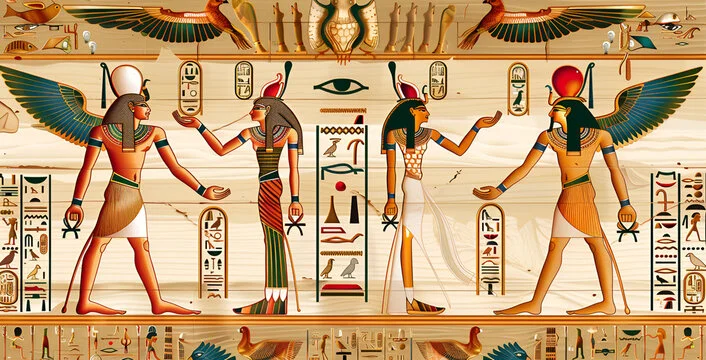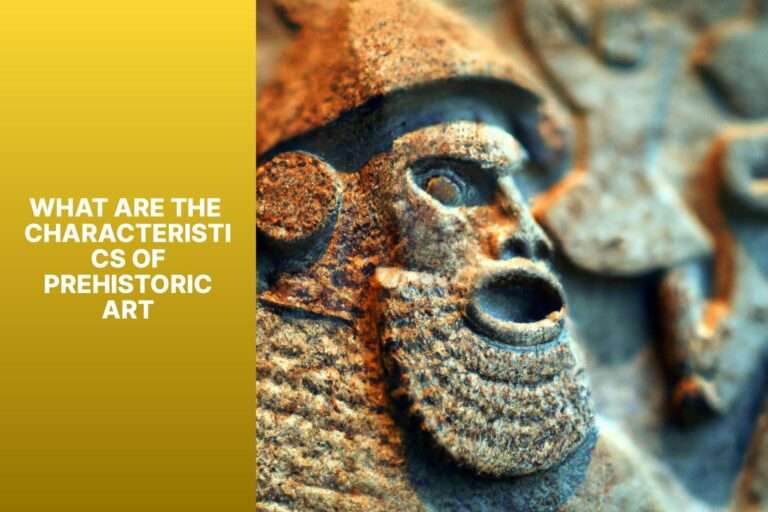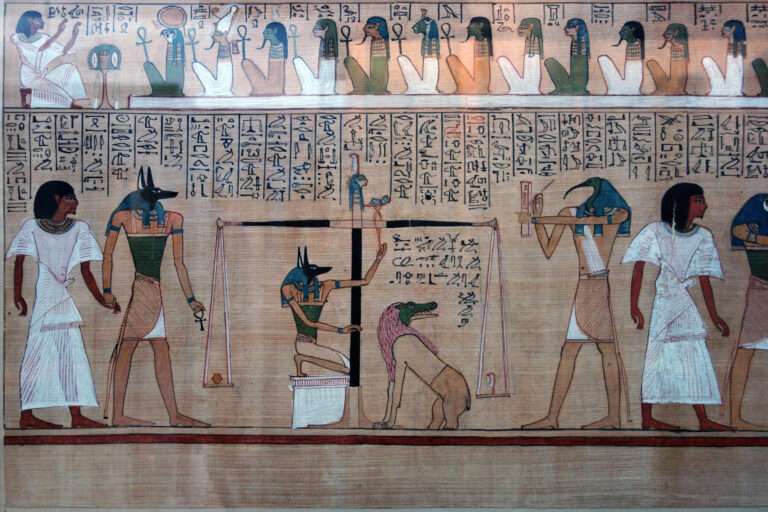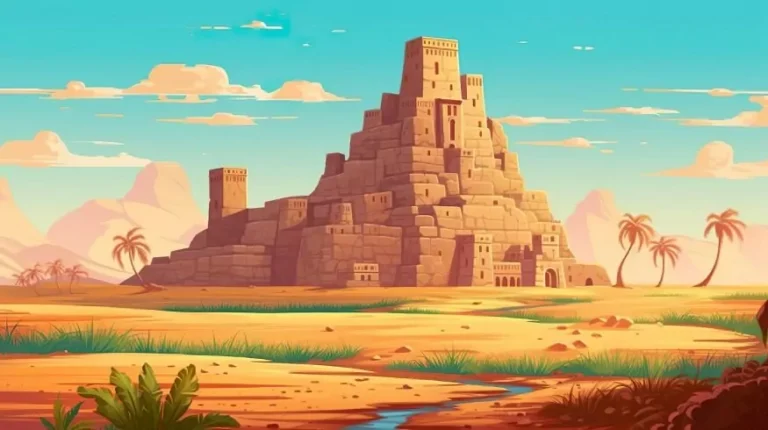Ancient art is a remarkable window into the past, offering us glimpses of human creativity that have withstood the test of time. From the earliest cave paintings to grand sculptures, ancient artworks provide an extraordinary look into the lives, thoughts, and cultures of our ancestors. They tell stories of triumph, struggle, and the shared experience of humanity.
By studying ancient, we connect with our roots and learn how art was used as a universal language. It helped early humans express their beliefs, commemorate events, and contemplate their existence.
The Origins of Ancient Art
The journey of art began when humans first felt the need to express themselves. Early humans created cave paintings and carved figurines from stone and bone. These primitive creations marked the birth of art, symbolism, and abstract thought.
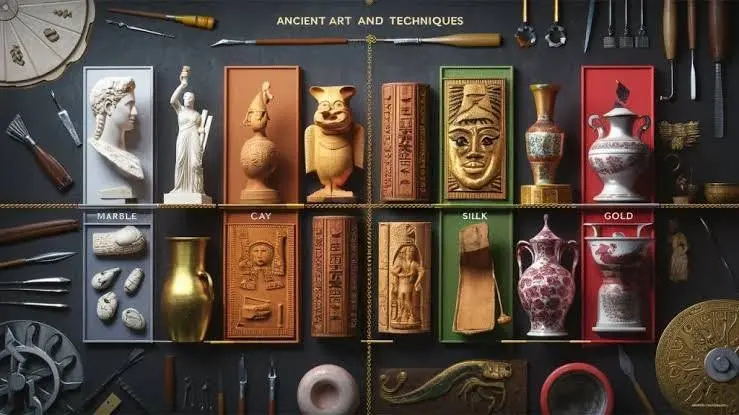
Key milestones in early art history:
- Cave paintings (c. 40,000 BCE)
- Venus figurines (c. 35,000–40,000 BCE)
- Megalithic structures (c. 3000 BCE)
The Chauvet Cave in France, with its breathtaking animal depictions dating back 30,000 years, shows the sophistication of Paleolithic artists. These paintings go beyond simple representations, adding emotion and meaning that laid the foundation for all future artistic expression.
The discovery of small, portable figurines like the Venus of Willendorf reveals that early humans also created art for personal and communal purposes. These small sculptures, often depicting women with exaggerated features, may have served as symbols of fertility or divine figures.
As humans transitioned from nomadic lifestyles to settled agricultural communities, their art evolved as well. Megalithic structures such as Stonehenge and Göbekli Tepe show how people used massive stones to create spaces of spiritual significance. These sites reflect the growing importance of art in early societies.
Ancient Art in Different Cultures
Ancient developed across many cultures, each with its own unique style and purpose. Let’s explore how different civilizations used art to reflect their beliefs and way of life.
Egyptian Art
The art of ancient Egypt remains one of the most recognized and studied in the world. From monumental pyramids to intricate hieroglyphs, Egyptian art is closely tied to religious beliefs and the concept of eternal life.
Key features of Egyptian art:
Here we will discuss Ancient Art advantage and featues.
- Use of hierarchical scale (important figures were depicted larger)
- Composite views (body in profile with frontal eyes and shoulders)
- Stylized representations of gods, pharaohs, and daily life
Relief sculptures adorned temple walls, showing scenes of religious rituals and the journey to the afterlife. The Great Pyramids of Giza and the Sphinx stand as enduring symbols of Egyptian ingenuity and artistic vision.
Greek and Roman Art
The art of ancient Greece and Rome set the standard for beauty and proportion, influencing Western art for centuries. The Greeks celebrated the human form through idealized sculptures like the Venus de Milo, representing physical perfection.
Greek art milestones:
- The discovery of contrapposto, a more natural standing pose
- Use of drapery to suggest the body beneath
- Increasingly realistic portraits over time
The Romans, heavily influenced by Greek traditions, excelled in portraiture and architecture. They built monumental structures like the Pantheon, showcasing their mastery of engineering and art.
Asian Art Traditions
Ancient China, India, and Japan produced some of the world’s most intricate and meaningful. Chinese bronzes, Indian temple carvings, and Japanese ink paintings are just a few examples of the rich artistic traditions of these cultures.
Chinese art is known for its detailed bronzes and ceramics, with a history of 5,000 years. The Terracotta Army of Emperor Qin Shi Huang demonstrates China’s mastery of sculpture and its deep spiritual beliefs.
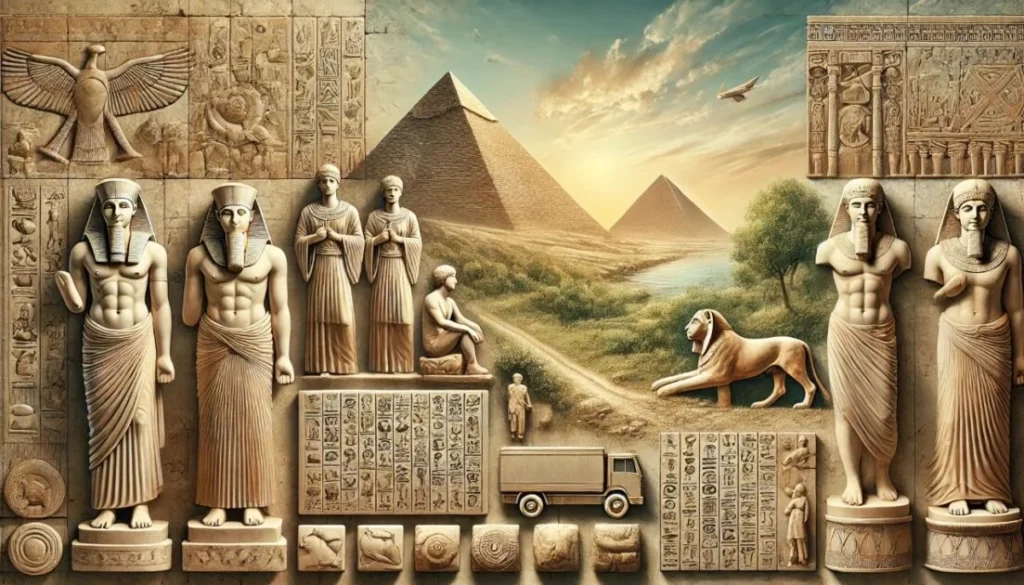
Indian art flourished in temple carvings and religious sculptures. The cave paintings at Ajanta and the elaborate carvings of Khajuraho reveal a rich intertwining of human and divine themes.
Japanese art is distinguished by its simplicity and appreciation of natural beauty. The concept of wabi-sabi, or finding beauty in imperfection, is evident in Japanese ceramics, ink paintings, and calligraphy.
Pre-Columbian American Art
Pre-Columbian civilizations such as the Maya, Aztecs, and Inca left behind stunning art in stone, ceramics, and textiles. Mayan stelae served as historical records and symbols of power, while the Aztec Sun Stone represented complex cosmological beliefs.
Incan stonework, seen in places like Machu Picchu, showcases extraordinary engineering skills, while their intricate textiles were used as both decoration and currency.
Symbolism in Ancient Art
Symbols play a central role in art, conveying complex beliefs and ideas. Let’s explore some common symbols and their meanings:
| Symbol | Culture | Meaning |
|---|---|---|
| Ankh | Egyptian | Eternal life |
| Owl | Greek | Wisdom |
| Dragon | Chinese | Power and good fortune |
| Lotus | Indian | Purity and enlightenment |
| Feathered Serpent | Aztec | Divine power and wisdom |
These symbols helped ancient artists communicate spiritual truths, offering deep insights into their world and belief systems.
Techniques and Materials in Ancient Art
Ancient artists were innovators, working with materials and techniques that are still admired today. Their creativity knew no bounds, even with the limitations of primitive tools.
Common materials used in ancient:
- Stone (marble, limestone)
- Metals (bronze, gold, silver)
- Clay (for pottery and sculpture)
- Textiles (woven fabrics)
- Pigments (for painting)
For example, Greek sculptors worked with marble to create lifelike statues, while Chinese artists perfected the art of bronze casting. Pottery was also widespread, with Mesopotamian and Greek artists developing intricate designs on clay vessels.
Preserving Ancient Art
Preservation of ancient is essential for understanding our shared cultural heritage. Modern technology, like digital scanning and 3D printing, helps protect and document these priceless artifacts. However, challenges remain, such as damage from time, climate, and human activity.
Museums and archaeologists work tirelessly to conserve art, ensuring future generations can continue to learn from these incredible creations.
What are the Key Characteristics of Ancient Art?
What are the Key Characteristics of Ancient Art? lets start.
- Symbolism and Religious Themes: Art often reflects spiritual beliefs and rituals of early civilizations.
- Stylized Forms: Emphasis on conventions and symbolic representation rather than realistic depiction.
- Intricate Details and Craftsmanship: Showcases the advanced skills and techniques of the artists.
- Durable Materials: Use of materials like stone, clay, and metal to ensure the longevity of artworks.
Conclusion
Ancient art is more than just history; it’s a timeless expression of human creativity. Whether through Egyptian pyramids, Greek sculptures, or Mayan carvings, these artworks connect us to the past, showing us the power of art to transcend time and place. They offer a glimpse into the minds and souls of our ancestors, reminding us of the shared human experience that continues to inspire us today.

